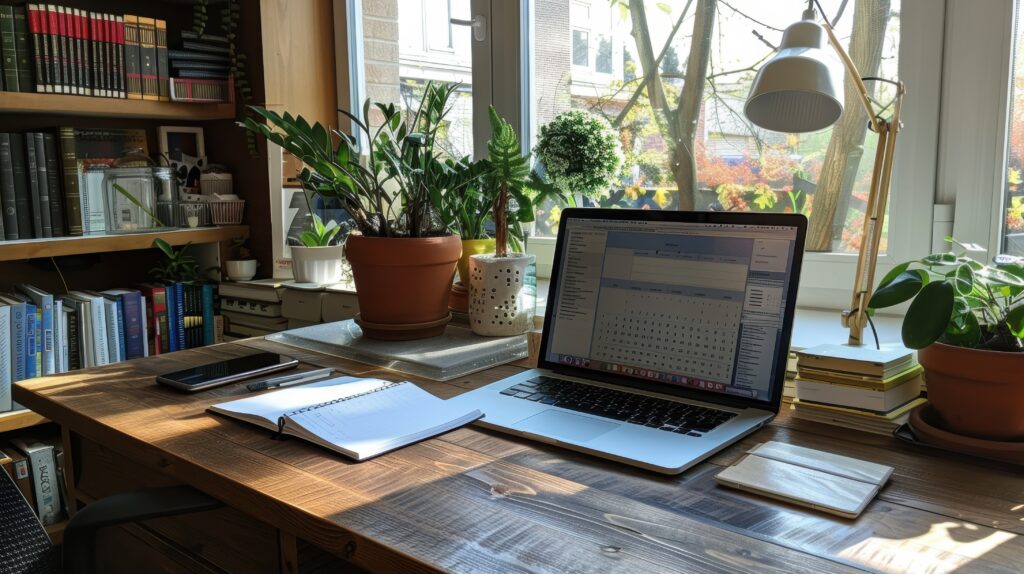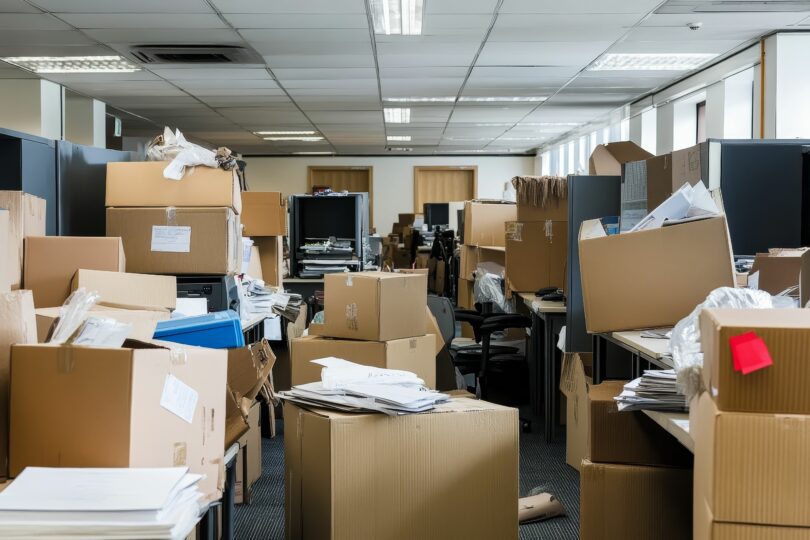Clutter builds up quickly, especially when life gets busy. Whether it’s leftover stock from your online store, trade show gear you only use a few times a year, or sentimental furniture you’re not ready to part with, it all takes up space. For business owners juggling tight schedules and tighter square footage, finding extra room without upsizing can feel like you’re playing Tetris on hard mode.
Here are 9 handy tips to help you save space without taking stuff to the tip.
1. Rotate what you don’t use daily
One of the simplest tricks is seasonal rotation. That pop-up marquee you use twice a year? It doesn’t need to live in your garage. The same goes for holiday stock, winter uniforms, or anything that only sees the light of day every few months. Pack it away neatly and swap it out when the time’s right. This gives your everyday essentials breathing space and keeps things more manageable.
2. Go vertical where possible
If your current storage setup only makes use of the floor, you’re missing out on a lot of potential. Tall shelving, over-door hooks, hanging organisers — these simple additions can free up serious room. In a home office, studio, or storeroom, going up instead of out helps keep walkways clear and essentials in reach. It’s also a great way to make things feel less cramped.
3. Create zones that actually work
A cluttered workspace can stall productivity fast. If you run part of your business from home, try zoning your space. Keep packing supplies in one spot, client paperwork in another, and photography gear in its own case. This makes everything easier to find and stops you from accidentally buying duplicates of things you already have. It also helps you tidy faster — which, let’s face it, most of us don’t want to spend ages doing.
4. Store by category, not chaos
Ever spent 20 minutes digging through a random box of cables looking for one charger? Grouping items by category — even if it’s just “tech stuff,” “event gear,” or “out-of-season stock” — makes life easier. Use clear bins if you want to see everything at a glance, and label things well so others can find them too. It sounds basic, but this habit saves loads of time down the line.

5. Think outside your four walls
Sometimes you simply run out of room. When that happens, looking for storage beyond your home or office can be a smart next move. If you’re juggling multiple tools, documents, or pieces of equipment, having access to flexible storage units on the Central Coast can be the difference between chaos and calm. You get space back without having to sell or throw anything out, and you can access what you need when you need it.
6. Give things a second chance elsewhere
Not everything needs to stay with you forever. If you’re holding onto things you haven’t used in over a year and they don’t hold real value, ask yourself if they might serve someone else better. Donate them, sell them, or repurpose them into something useful. Even just letting go of a few bulky pieces can make a noticeable difference.
7. Have a plan for what comes in
Clutter doesn’t just appear — it walks in with us. So the next time you buy something new for your business or home, think about where it’ll live. If you can’t picture a spot for it, maybe it’s not time to bring it in. Keeping a handle on what enters your space is just as important as managing what’s already there.
8. Use storage as part of your workflow
Storage shouldn’t be something you only think about when you’re out of room. The best setups are part of your daily systems. Got a regular schedule of gear you rotate through? Build storage into your monthly tasks. Do you always need extra materials during certain seasons? Pre-book space ahead of time. Thinking this way helps you avoid the dreaded “where do I put this?” moment.
9. Look for ideas that match how you work
Every business is different, and so is every person. What works for one office might be a terrible fit for a creative studio. You should think about storage that gels with your business and your own habits before you make any big decisions. Whether you’re storing tools, stock, or archives, your setup should make your life easier, not just be an extra thing to manage.
Smart storage isn’t about perfection — it’s about making space for what matters. With a few thoughtful choices and a bit of planning, you can reclaim your room and keep the essentials close by, not underfoot.







